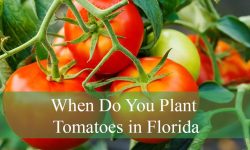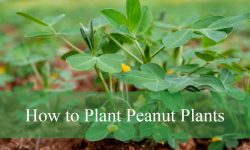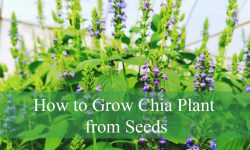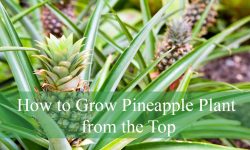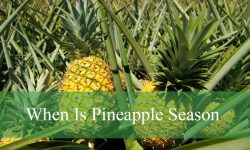Types of grass in Florida encompass a diverse array of species, each uniquely suited to the state’s climate and soil conditions. From the resilient St. Augustine grass to the drought-tolerant Buffalo grass, Florida’s landscapes are adorned with various hues and textures, ranging from the vibrant blue-green of Seashore Paspalum to the soft, appealing look of Buffalo grass.
Whether you seek a lush lawn, a durable pasture for grazing animals, or turf grass for sports fields, Florida offers an abundance of options. Let’s explore the characteristics and suitability of different grass types flourishing in the Sunshine State.
Different Types of Grass in Florida
Centipede Grass
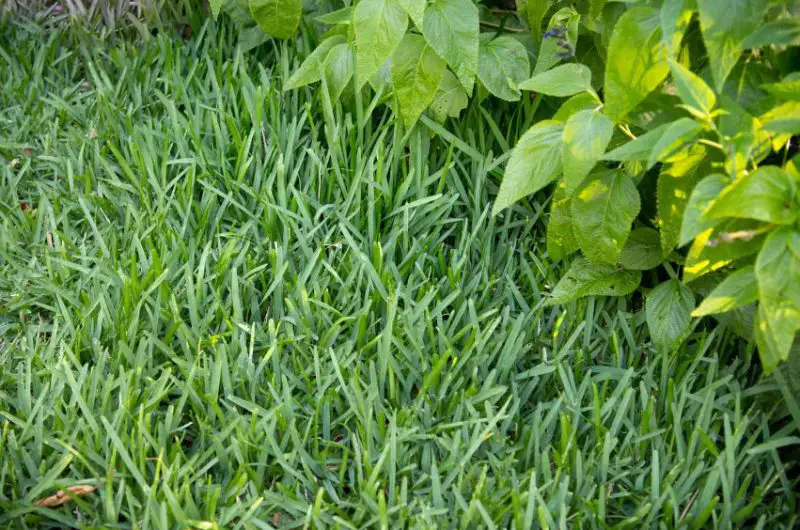
For lawns in Florida, centipede grass provides a hassle-free alternative because of its pale green color. This grass, which originated in Southeast Asia and China and was brought to the US in 1916, grows best in the warm weather of late spring and summer and needs little care to establish properly. Centipede grass is not tolerant of cold, although it does like acidic soils that drain well. It can stay green throughout the winter, though extended exposure to the cold can harm it.
It spreads by stolons due to its slow growth rate, creating a dense lawn area. It is important to carefully evaluate foot traffic in order to avoid damaging this durable and low-maintenance type of grass.
Various types of Centipede grass, such as TifBlair, Oaklawn, Tenn Turf, Centennial, Santee, and Covington, offer tailored options to suit different preferences and environments, each with unique characteristics contributing to ease of maintenance and resilience.
Bahia Grass
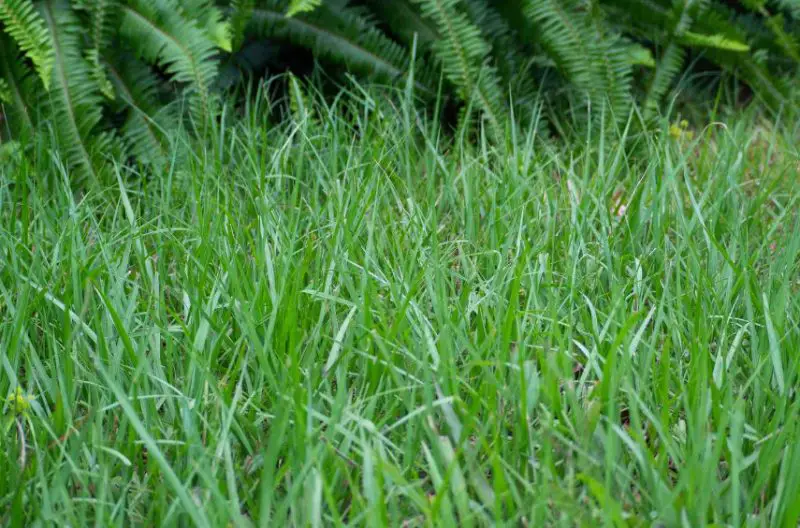
Bahia grass is a hardy option for Florida’s dry environments, with a characteristic toad green color. Bahia grass is low-growing and thrives in areas where other grasses suffer due to drought. It takes little care. It thrives in warm settings but goes into winter hibernation. It is perfect for semi-arid lawns and pastures.
Though it can withstand moderate shade, it loves full sun exposure and is adaptable to many soil types, including sandy soil. Bahia grass needs time to establish itself because of its open growth system and sluggish growth rate, and it is weedy. Different locations and tastes can be catered to with varieties like Argentine, Common, Pensacola, Paraguay, and Common.
Buffalo Grass
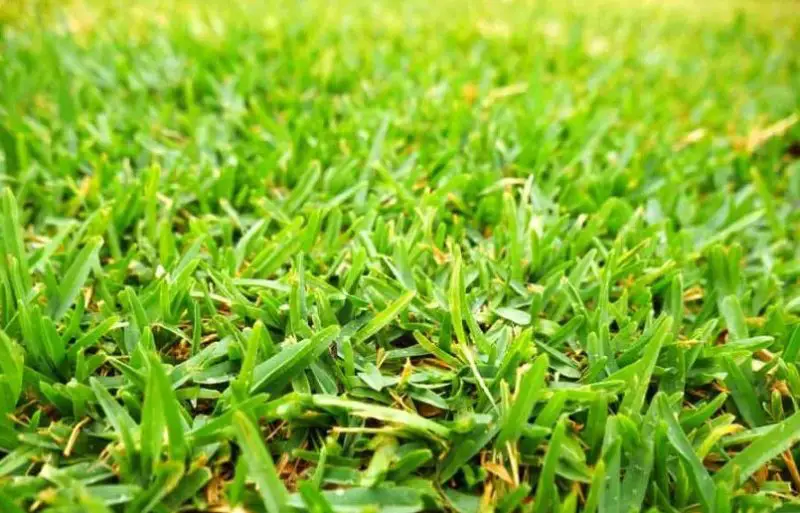
The blue-green color of buffalo grass embodies all the qualities that make a perfect lawn grass. With its remarkable 70% tolerance to shadow, this low-maintenance plant thrives with regular watering. Even in Florida’s harsh winters, the plant’s strong root systems provide drought resistance and year-round foliage, while its gentle blades contribute to a peaceful atmosphere. It holds up its rich appearance even in the face of foot activity.
This native North American plant also makes great pasture land. For best results, sow using seeds or sod in April or May. Plant varieties such as Palmetto, Prestige, and Sapphire provide customized solutions for a range of tastes and landscape requirements.
Blue Grama Grass
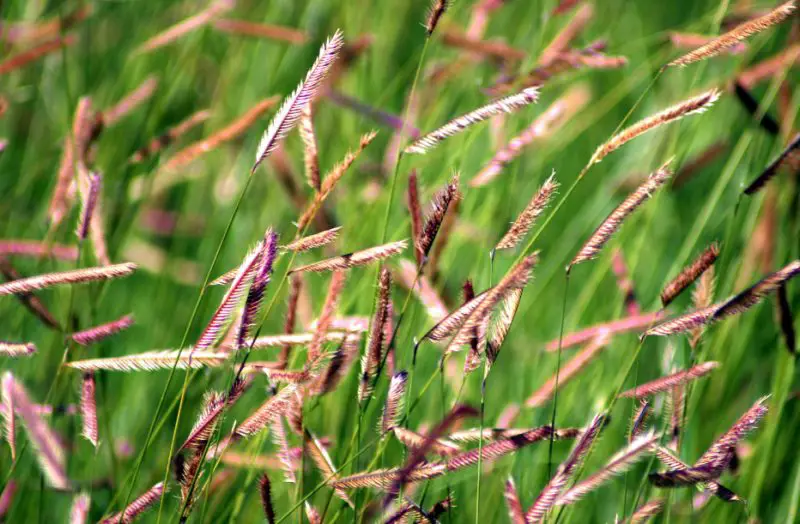
With its characteristic blue-green color, blue gramma grass grows in USDA Hardiness Zones 3 through 10 and is well-suited to warm areas such as Florida. Being a native plant, it fits right in with landscapes, needs little maintenance, and looks good with other plants. Its tendency to cluster grows in pastures, which is why grazing animals prefer it there.
In contrast to other grasses, Blue Grama grows well in full sun and dry soil, adjusting to different kinds of soil. Don’t put it where it gets too moist. Long stretches of time without water are made possible by its drought resistance, and winter hibernation is a regular yearly cycle. It regenerates into fine-leaved turf in the spring and just requires moderate fertilizing. Keep an eye out for problems like rust when the plants are growing. Curtipendula, hirsuta, gracilis, and B eriopoda are some of the varieties.
Carpet Grass
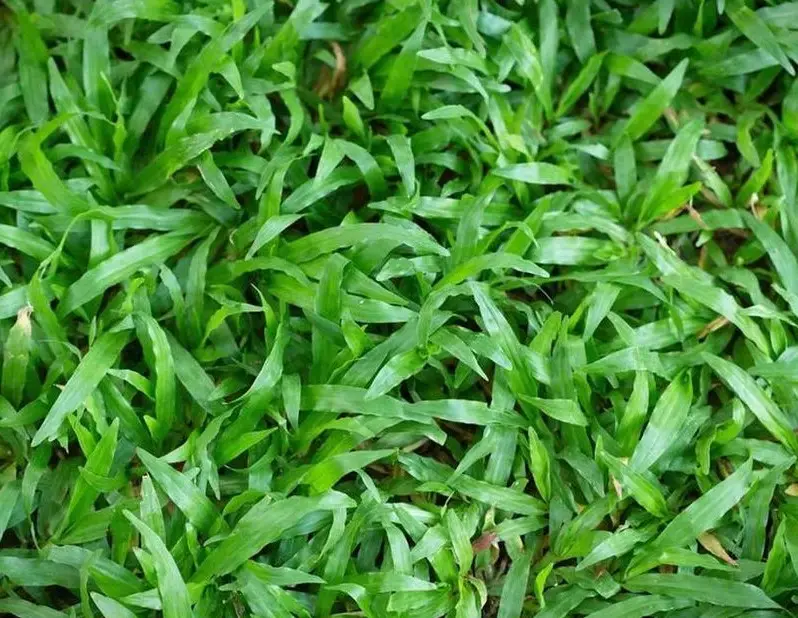
Originating in the Gulf, carpet grass has become popular in southern regions such as Florida and thrives in USDA Hardiness Zones 7 through 10. It spreads by creeping stolons, which makes it perfect for pasture or turf establishment. But because of its yellow-green hue, sporadic growth, and propensity to turn pale and brown in the winter, it’s not as good for lawns.
Despite these disadvantages, it thrives in damp environments where other grasses fail, showing endurance in poor soil conditions and shadow tolerance. It’s an excellent option for preventing soil erosion because it can grow in areas with shade. Broadleaf and Narrow-leaf Carpet Grass are two of the varieties.
Seashore Paspalum Grass
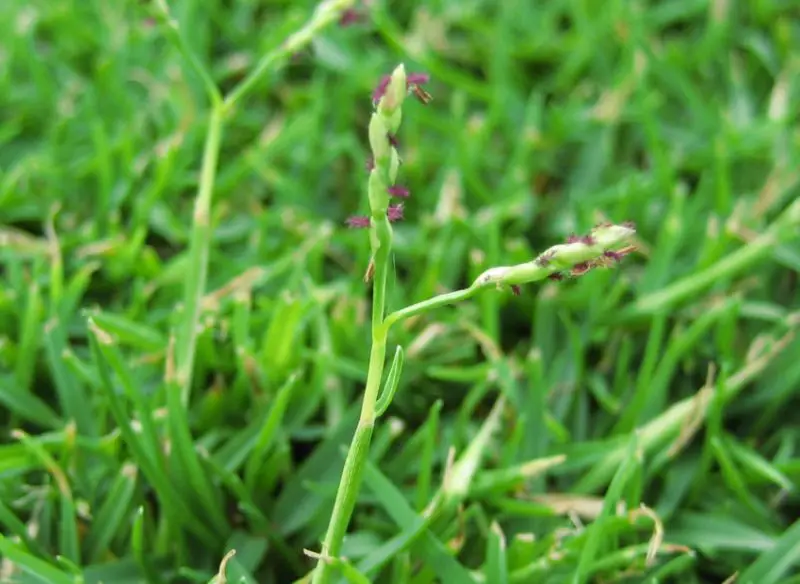
Seashore Paspalum Grass, with its blue-green hue, is a resilient option for coastal regions, thriving in USDA Hardiness Zones 8a to 11. Unlike other grasses, it flourishes in salty soils and wet conditions, making it ideal for warm climates and coastal landscapes. Perfect for golf courses and sports fields, it requires moderate fertilizer and water.
Due to its rapid growth, frequent mowing—up to twice a week—is necessary, although care should be taken to minimize damage as it has a limited capacity for recovery. Overall, Seashore Paspalum offers a robust solution for areas with high salinity and moisture.
St. Augustine Grass
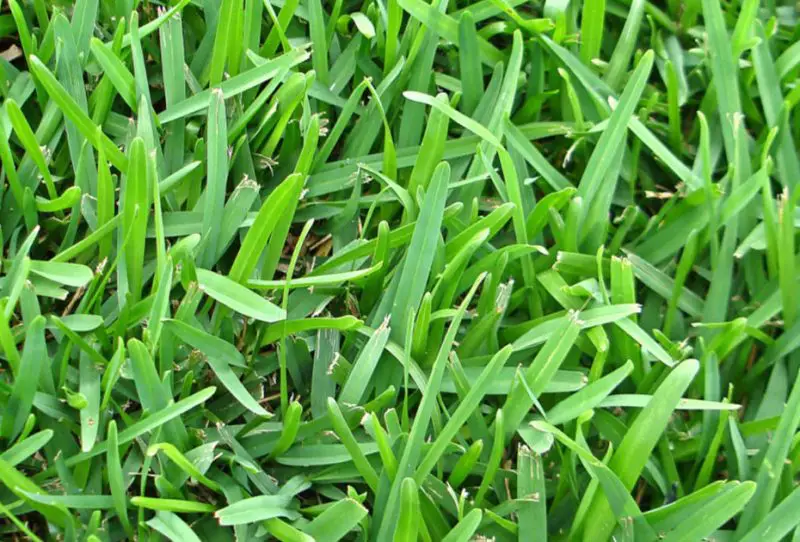
With its light to dark green color, St. Augustine grass is a hardy symbol of Florida’s landscapes. Growing in USDA Hardiness Zones 8 through 10, it is a common sight on Southern US lawns. Originating in the Mediterranean, it is a popular choice for both commercial and residential locations due to its adaptability to warm, humid weather.
This grass grows well in direct sunlight, so weekly mowing is required in the summer and a more relaxed schedule is required in the cold grip of winter. It is adaptable and can be used to create both lush lawns and healthy pasture for animals that graze on it, which is evidence of its long-lasting vitality in a variety of settings.
Varieties like Palmetto, Seville, Floratam, Del-Mar, Citra Blue, Pro Vista, and Raleigh offer tailored attributes, from shade tolerance to reduced maintenance, ensuring vibrant, resilient landscapes to suit diverse preferences and environments.
Zoysia Grass
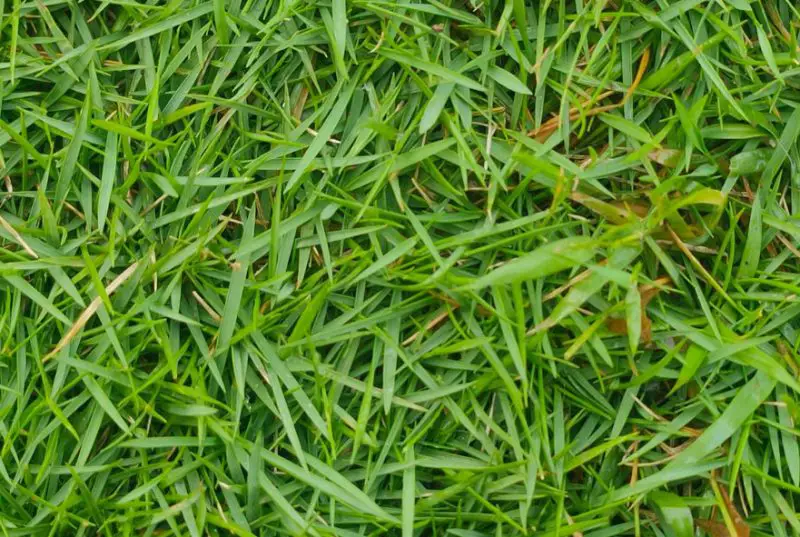
With its pale to medium green color, zoysia grass looks like a hardy choice for Florida lawns and business areas. This grass, which is native to Asia and was brought to the US in 1895, is best suited for USDA Hardiness Zones 5 through 11 and grows best in warm regions with exceptional cold resistance.
Zoysia grass grows quickly starting in late spring and thrives in the summer as temperatures rise. However, it may go dormant in the winter and come back in the spring. Because of its strong root structure, it can withstand droughts and conserve water. When given the right care and irrigation during its active growth seasons, Zoysia grass—which is tolerant of both full sun and shade—rewards with enduring vitality and lush foliage but requires patience to establish.
Various types, like Zoysia matrella, macrantha, japonica, and tenuifolia, offer unique attributes tailored to diverse landscaping needs, from ornamental lawns to sports fields.
Bermuda Grass
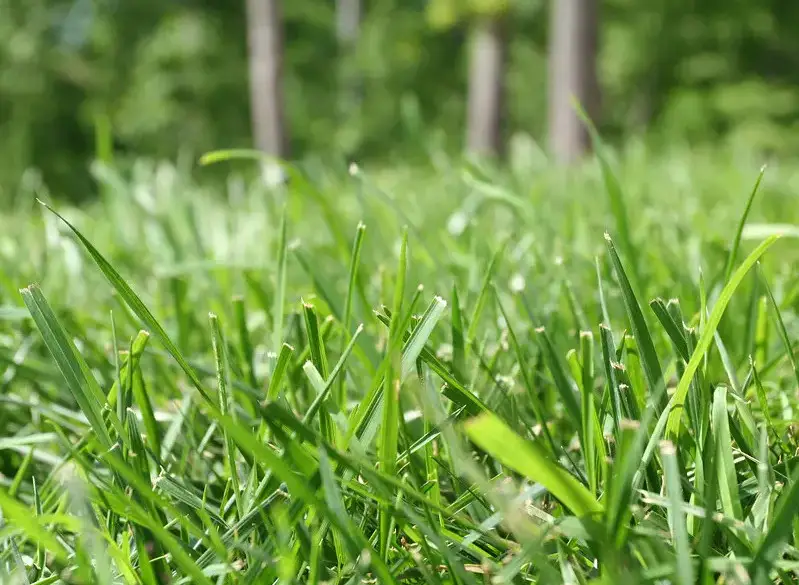
As one of the hardest grass varieties on the market, Bermuda grass, with its deep green color, is able to withstand the harsh temperature of Florida. Bermuda grass, which is native to tropical and subtropical areas, has graced southern lawns since 1807 and can withstand extreme heat, drought, and foot traffic with ease. It is a preferred option due to its quick recuperation from stress and salt tolerance. Its vulnerability to cold temperatures, however, necessitates cautious thought.
Bermuda grass grows quickly in the summer months, so it needs to be cut frequently—three or four times a week, on average. Bermuda grass provides a variety of establishment alternatives, such as seeds, sprigs, sods, and plugs, making it perfect for high-traffic areas like sports fields. This ensures a lush and durable lawn for a variety of uses.
Numerous Bermuda grass cultivars, including Tahoma 31, Celebration, Tifway 419, Bimini, Latitude 36, Tiftuf, NorthBridge, Jackpot, and Yuma, provide distinct advantages tailored to specific preferences and environments. Each variety offers unique characteristics, enabling customization to meet specific landscaping needs with resilience and vitality.

